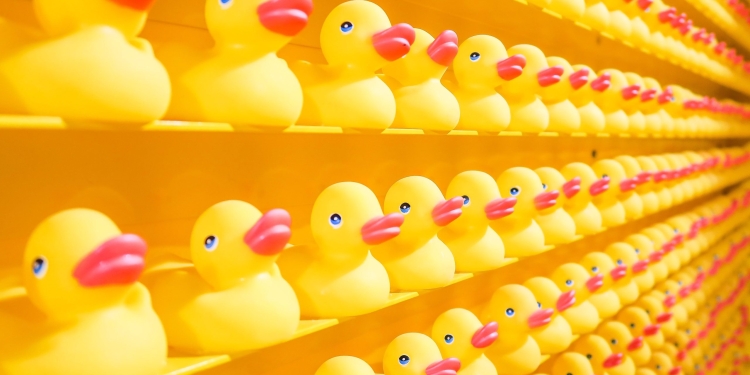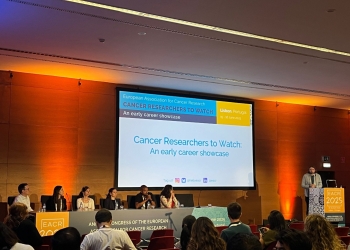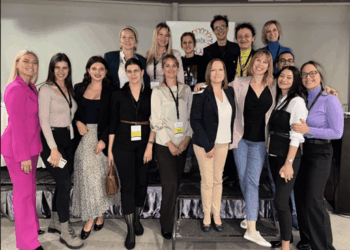by Irina Pavlenko
I am a molecular biologist and work in a big regional pathology lab with more than 1500 tests performed each month. These include immonohistochemical tests, PCR, ISH etc. I was never concerned about the amount of waste our lab threw away, until I became a mother-of-two. When I had kids, I started asking myself about what state our planet will be left in for future generations. Now I’m trying to do the best I can to reduce waste not only in everyday life, but in the lab too.

What waste do we have in the lab? Plastic, of course! Every day we all use a lot of plastic tubes, pipette tips , slide covers, Petri dishes and so on. Then there’s packaging for lab materials and plastic bottles for reagents. Throwing away these plastics after a single use is crucial to avoid contamination, maintain a sterile setup and save our time and labor.
But I found some ways to reduce plastic waste in my work. Here they are.
Use automated immunohistochemical stainers and pre-diluted antibodies if possible
It’s really the best way to reduce plastic waste in an immunohistochemistry lab. Unfortunately, many antibodies still need to be aliquoted for long-term storage (as they can be ordered only in lyofilizied form). I began to aliquote such antibodies in small plastic PCR tubes rather than larger ones – at least it saves space in the fridge and (indirectly) electricity. And if I can choose between ready-to-use and concentrated/lyofilizied antibody, I always prefer the first one.
Reuse where possible
For example in our lab we refill old tip boxes with pipette tips purchased in bulk. And it’s usually much cheaper!
Plan experiments carefully
I think waste minimisation begins when planning an experiment. For example if I’m going to do PCR, I first assign the number of specimens to be analyzed, then do calculations and prepare master mix. It’s convenient and time-saving procedure and all my co-workers prefer to prepare master mixes instead of aliquoting separate reagents to PCR tubes. And we noticed we need much fewer pipette tips than previously.
Label properly!
It’s simple, but chemical containers are often not properly labelled and becoming unknowns (this is a costly disposal).
[td_smart_list_end]
Of course waste reducing isn’t a priority in my work. Getting the data, publishing – that’s the main focus. My attempt to cut down the waste just a little reduces my environmental impact, but even in this small way I feel like I’m taking care of my children’s future when I’m in the lab.
About the author

Irina Pavlenko is currently a staff scientist in the Department of Experimental Pathology, Rostov regional Bureau of Pathology, Rostov-on-Don, Russia. She has more than 10 years of lab experience in the cancer research area. She has coauthored over 10 publications including Virchows Archiv and Arkhiv patologii. Her current research focuses on a) mechanisms of genes amplification in breast cancer and b) prognostic markers of biochemical reccurence in prostate cancer. She is an EACR member since 2011 and EACR Ambassador.
Contact information: pavlenko.ir@gmail.com
 Do you have further tips on reducing plastic waste in the lab?
Do you have further tips on reducing plastic waste in the lab?
We hope you found this post useful and maybe it’s inspired you to make changes in your own lab. If you have any more tips on how to reduce waste in the lab, please email us – we’d love to hear from you and we may publish your ideas here!



 Do you have further tips on reducing plastic waste in the lab?
Do you have further tips on reducing plastic waste in the lab?





